Jean-Baptiste Willermoz (1730-1824)
Jean-Baptiste Willermoz is known as perhaps the most important esotericist of his time, a prominent French Freemason, and founder of the Knights Beneficent of the Holy City. He was also an important magnetist. Willermoz joined the mesmerist society La Concorde in Lyon, soon after it was established. This group, heavily populated by initiates of the Knights Beneficent, saw Mesmer’s techniques not as a scientific breakthrough but as a popularized form of the practices of trance, divination, and spiritual healing long held within their own mystical traditions.
The Lyon spiritists used Mesmerism to explore the soul’s original condition before the Fall. They believed healing came not from magnetic fluids, as Mesmer claimed, but through will, faith, and divine grace. This process, which they called Reintegration, temporarily restored the soul to its original divine condition. Healing depended on the magnetizer's inner preparation and spiritual purity.
The practices of Willermoz and the Lyon spiritists included trance-induced visions by “crisiacs” or “lucids,” often women who acted as spiritual mediums. In one common method, known as "doubling," the magnetizer felt the patient’s symptoms within their own body, while the entranced patient could perform intuitive diagnoses. In 1784, this technique was demonstrated at the Lyon Veterinary College when two Barberinist initiates accurately diagnosed an ailing horse’s internal conditions with specificity, later confirmed by autopsy.
Despite the overlap in interests, Franz Anton Mesmer was disappointed with the Lyon circle. Although he drew on esoteric themes and Masonic symbolism, Mesmer aimed for scientific legitimacy. He distanced himself from the spiritual interpretations of Willermoz, Saint-Martin, and Barberin, maintaining a materialistic view of animal magnetism based on invisible fluids and mechanical principles.

